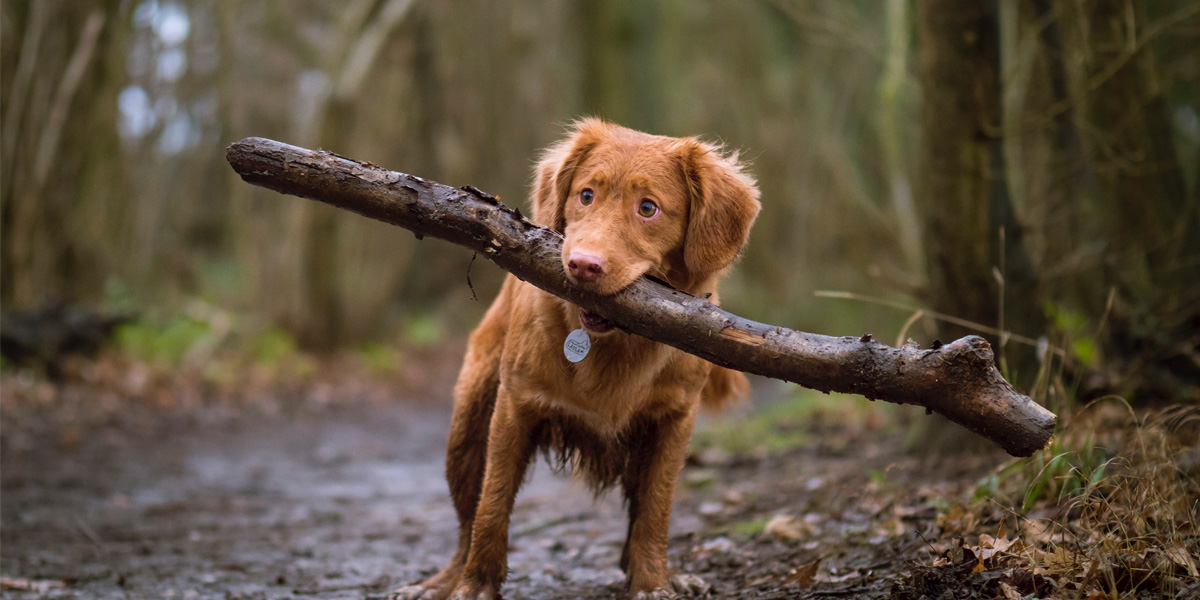
SAVE AN EXTRA $5 - $20 OFFUse code PETS in cart (Exclusions apply)

Save 40% with first AutoShipUse code NEW40 (Up to $40 max. Exclusions apply)

While efforts are made to answer all questions as quickly as possible, if an immediate answer is required or if your pet is in need of urgent or emergency care, contact your pet's veterinarian immediately.

You will receive an answer from Dr. Lindsay and our vet/tech team as soon as possible, usually the same day.
All answers are provided for informational or educational purposes only, and are intended to be a supplement to, and not a substitute for, the expertise and professional judgment of your pet's veterinarian.
It may be necessary to consult your pet's veterinarian regarding the applicability of any opinions or recommendations with respect to your pet's symptoms or medical condition.
Close
An error has occurred, please reload the page and try again.
Close
While efforts are made to answer all questions as quickly as possible, if an immediate answer is required or if your pet is in need of urgent or emergency care, contact your pet's veterinarian immediately.
There is no answer related to your question

Does your dog think that sticks are nature’s toys, magically appearing in your yard for them to play with?
They might be drawn to thick branches for gnawing to shreds, tiny twigs for chomping in half, and of course that perfectly knobbed stick for proudly dropping at your feet.
As much as dogs love sticks, sticks just don’t love them back. Learn what can happen if you allow your dog to chew sticks, and what you can do to keep them safe without ruining their fun.
Stick Injuries in Dogs
Veterinary offices see numerous types of serious injuries as a result of dogs playing with sticks.
Splinters can become embedded in the eye, gums, tongue, the roof of the mouth, or anywhere along the gastric tract. They can be so small that they may not be noticed until they start to cause serious issues like swelling, infection, or even a granuloma, a lump of immune cell tissue formed around the foreign object, in this case, the piece of wood.
Sharp pieces of sticks can cause puncture wounds in the mouth, chest, or abdomen. This often occurs when the dog chases after a stick that their owner has thrown.
Injuries from playing with sticks can be moderate to severe, and can even be life-threatening, requiring surgery that may or may not be successful at removing every tiny wood fragment.
Wood Can Be Poisonous To Dogs
To make matters worse, some tree species produce naturally occurring chemicals that are poisonous to dogs.
Cherry, chokecherry, elderberry, apricot, peach, plum, and apple trees all produce chemical compounds that can cause cyanide poisoning if the wood, leaves, or stems are chewed or ingested.
Evergreens usually have spiny branches are that unattractive for chewing, but if your dog does decide to chew any part of the tree, it could release toxic compounds. Ornamental yew trees, for example, are known for their highly toxic properties.
Some trees do not have dangerous toxins in their wood but may contain poisonous chemicals in other parts of the plant. For example, the acorns and leaves of oak trees contain tannins that cause gastric upset and, in some cases, kidney failure if ingested in large enough quantities.
How To Keep Your Dog From Chewing Sticks
Dogs can learn to give up sticks when asked to “drop it,” or “leave it,” but may not reliably stay away from them while unattended. It’s safest to make sure your dog cannot access sticks, especially when you’re not around.
If your dog chews sticks on your property, you may need to clear away any fallen branches and sticks before letting them outside. If you live on a wooded property, it might make sense to put up a fenced-in dog run. For dogs that go on hikes in the woods, it’s always best to keep them leashed or at least muzzled to prevent them from hunting for sticks.
Safe Alternatives for Dogs that Love Sticks
Chewing is a natural behavior that’s beneficial to your dog’s health, so long as their chew toy of choice is safe and appropriate. When your dog chews, it helps keep their teeth clean, exercises their jaw and shoulders, and provides mental stimulation.
Keep in mind that all long-lasting chew treats and chew toys can be a choking or gastric perforation hazard and should only be used with supervision. Giving your dog chew toys and treats can reduce their urge to gnaw sticks, but may not break the habit entirely.
Fully digestible dental chews for dogs are a great choice alternative to wood sticks. The chewing action promotes saliva production and helps break down plaque, while additional ingredients can help improve oral health.
 Swipe
Swipe